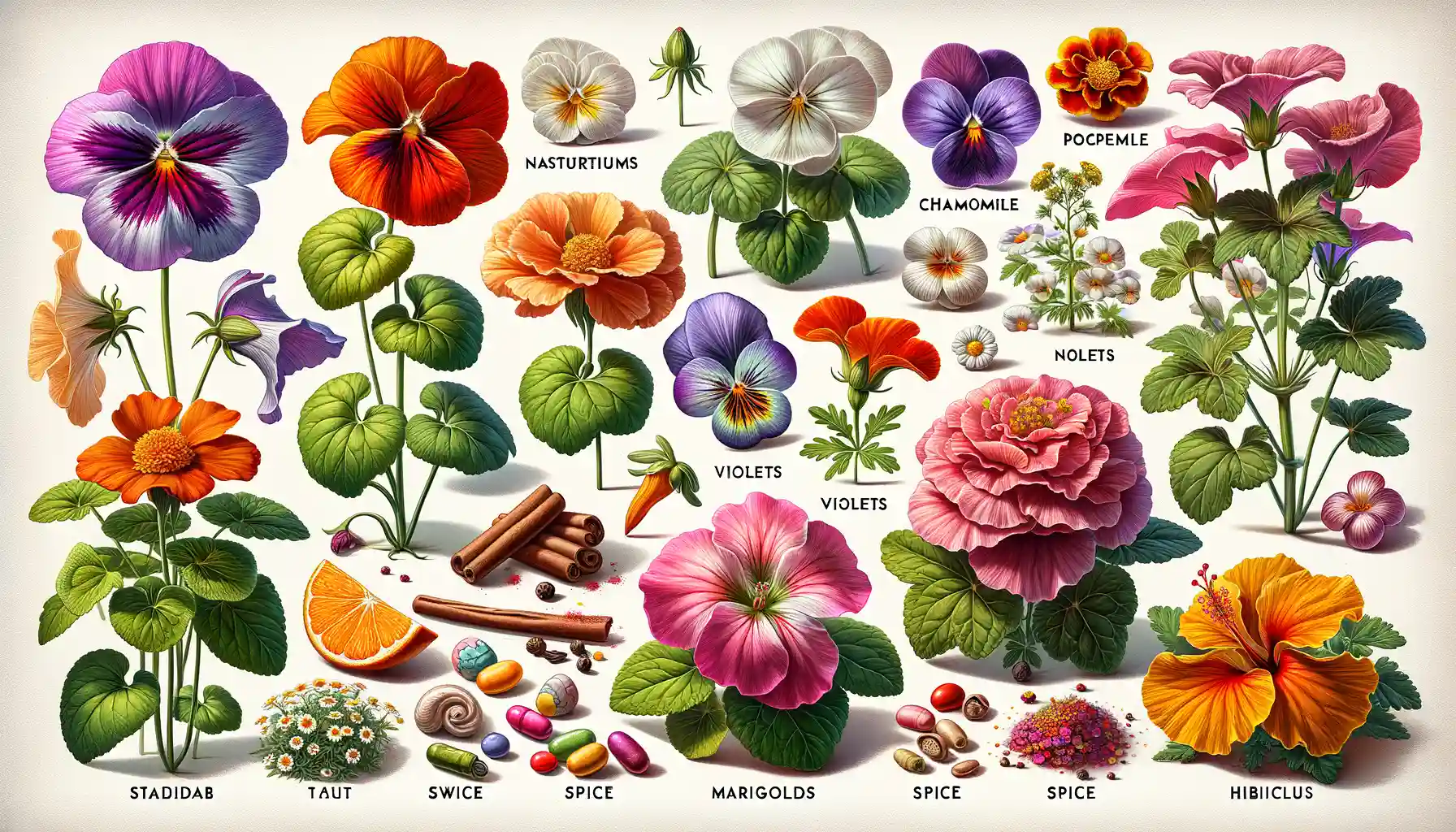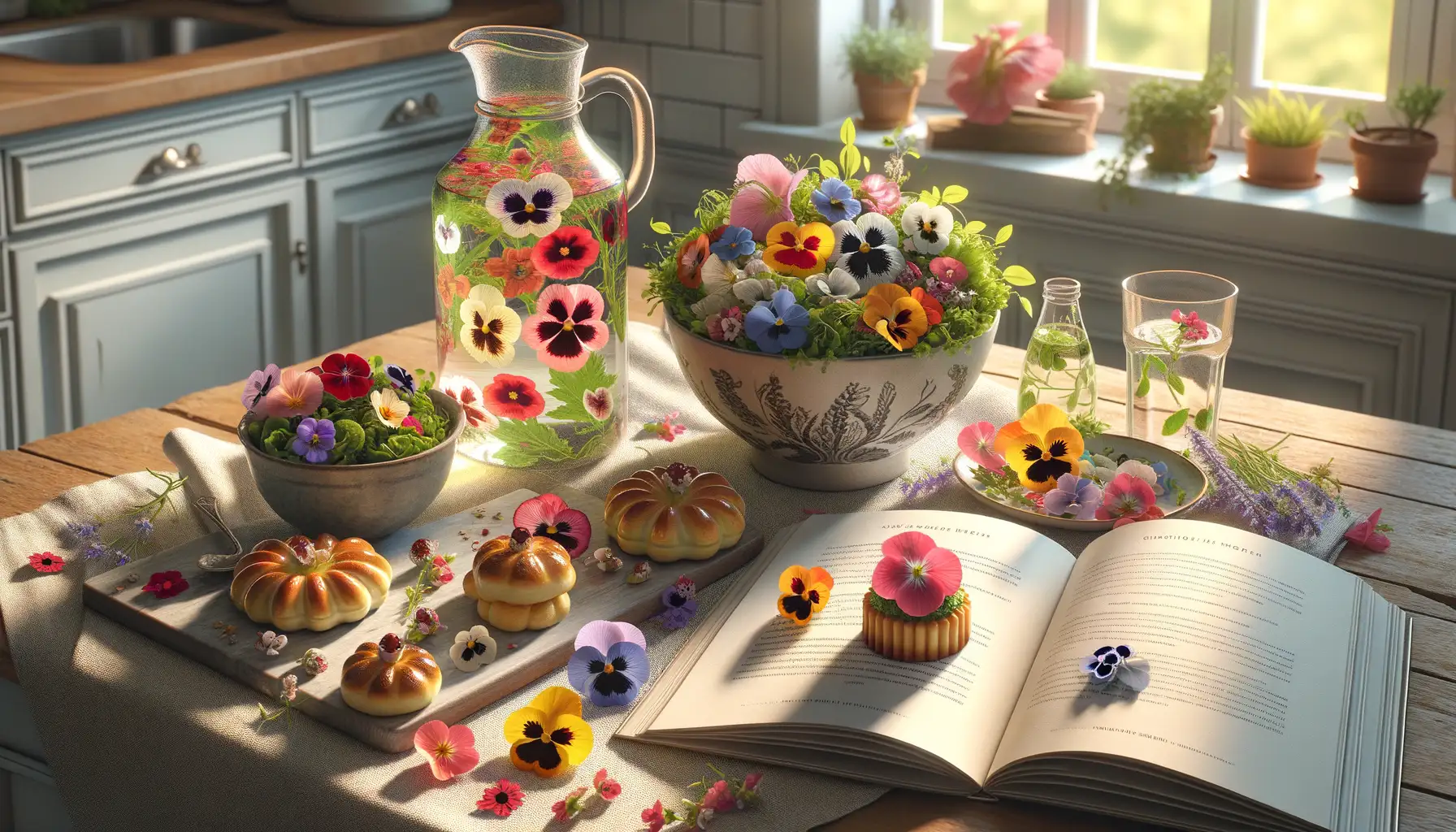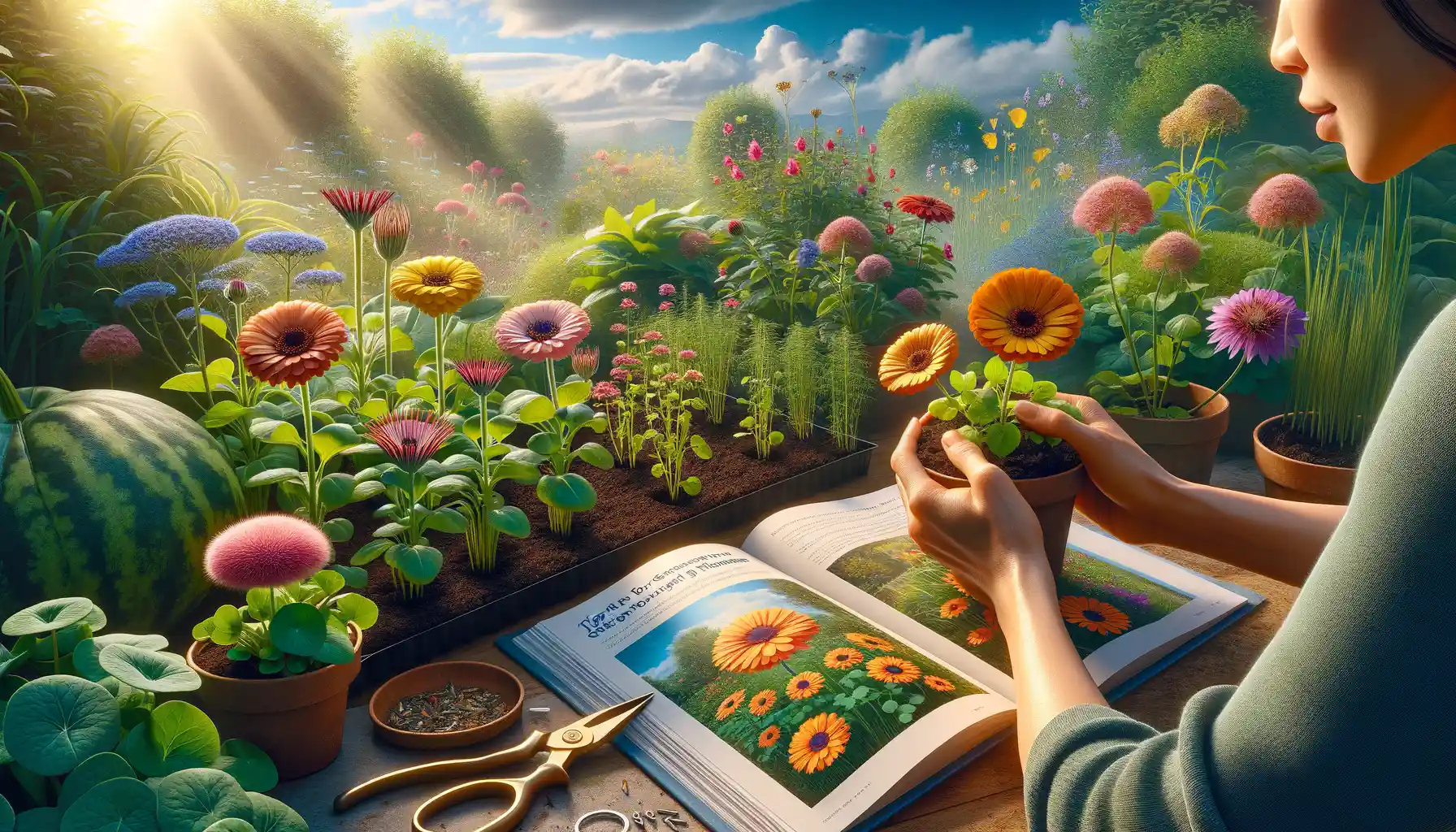Benefits of Using Edible Flowers in Cooking
Transform Ordinary Dishes into Culinary Masterpieces
Imagine a simple salad—greens, a drizzle of olive oil, maybe some nuts. Nice, but nothing groundbreaking. Now, picture that same salad crowned with vibrant red nasturtiums or delicate pink rose petals. Suddenly, it’s not just food; it’s art. Edible flowers are like nature’s way of whispering, “Your cooking deserves to be unforgettable.”
Beyond their eye-catching beauty, these blooms offer surprising layers of flavor. Think peppery notes from arugula flowers, subtle sweetness from violets, and citrusy sparks from marigold petals. Each flower is a tiny bundle of intrigue, ready to elevate your culinary game.
- Visual Appeal: Perfect for impressing dinner guests without breaking a sweat.
- Unexpected Flavors: Who knew lavender could transform a lemonade or pansies could make cake icing pop?
- Nutritional Perks: Many edible flowers, like calendula, are rich in antioxidants and vitamins. A feast for the eyes *and* the body!
Connect Cooking with Nature’s Palette
There’s something magical about infusing your meals with edible flowers. You’re essentially bringing the outdoors onto your plate—like eating sunshine and rainbows. These blossoms can make the simplest of foods feel romantic and special. A vanilla panna cotta topped with crystallized violets or pasta garnished with bright chive blossoms will transport you straight to a garden feast, no matter where you dine.
Types of Edible Flowers and Their Flavors

Floral Gems: Explore Their Unique Tastes
Ever wondered what sunshine or springtime might taste like? That’s exactly the magic edible flowers bring to your dishes – a burst of color with flavors as unique as their petals. Here are some favorites you’ll fall in love with:
- Nasturtiums: Vibrant and peppery, these beauties instantly wake up salads with a zesty kick. Think of them as nature’s tangy alternative to arugula.
- Violas & Pansies: Tiny yet mighty, they have a mild, slightly sweet flavor—perfect on a delicate dessert or scattered across a creamy goat cheese tart.
- Hibiscus: Bold, tart, and tangy, hibiscus is your go-to for teas, syrups, or even cocktails. It’s like cranberry with an exotic twist.
Unexpected Delights You’ll Crave
Some edible flowers surprise not only with their beauty but their unusual tastes. Take roses, for instance—they offer floral sweetness with a hint of fruit. Or try lavender, whose earthiness mingles perfectly with honey for baked delights. Ever bitten into a chive blossom? Its oniony sharpness adds fireworks to soups and dips. Each flower has its unique personality, waiting to make your meals unforgettable!
How to Safely Select and Prepare Edible Flowers

Finding the Perfect Petals
Not all flowers are fairytale-perfect for your plate—some belong in a vase, not in your stomach. The golden rule? If you’re unsure, don’t eat it. Start by sourcing blooms from trusted places like organic markets or your own pesticide-free garden. Avoid roadside flowers or bouquets from florists; many are doused in chemicals.
When selecting edible flowers, look for ones with vibrant colors and no signs of wilting. Imagine biting a petal that’s crisp under your teeth—the fresher, the better. Some popular choices to experiment with include violets, nasturtiums, and calendulas. Their unique flavors range from peppery to slightly sweet, making them versatile for both savory and dessert dishes.
- Pro tip: Choose unopened buds for a subtle crunch.
- Avoid wildflowers unless you’re an expert in plant identification.
Preparing Edible Flowers Like a Pro
Cleaning flowers is delicate work; treat them like the fragile treasures they are. Gently rinse the petals and pat them dry with a paper towel. Got stubborn dirt? A soft bristle brush will be your ally.
Remove any bitter stems or tough green bits before using. While some flowers, like squash blossoms, beg to be stuffed and fried, others shine raw. Think of sprinkling chive blossoms or rose petals over salads—pure magic! Now, time to let those blooms blossom on your plate.
Creative Ways to Use Edible Flowers in Recipes

Transform Everyday Dishes into Edible Art
Imagine a plate so beautiful, it feels like springtime captured in a frame—this is the magic of cooking with edible flowers. These vibrant little wonders don’t just add color; they lend unexpected flavors that can completely transform your go-to recipes.
For instance, toss a handful of bright, peppery nasturtium petals into your everyday salad for a kick that rivals arugula. Or, let delicate lavender buds infuse your homemade ice cream with a floral sweetness that feels like a fragrant breeze on a summer afternoon. Dessert lovers, why not crown cupcakes or cheesecake with a scatter of crystallized violets? You’ll have a dessert that looks (and tastes) like it belongs in a fairy tale.
- Freeze colorful petals in ice cubes for cocktails and summer drinks.
- Use fresh orchid blooms to garnish tropical fruit plates or tiki-style beverages.
- Blend hibiscus into syrups or teas for bold, tangy notes with a ruby-red glow.
Surprising Savory Twists
Edible flowers aren’t all about sweets! Why not try scattering fiery red calendula petals over risotto for a saffron-like warmth minus the price tag? Or mix minced chive blossoms into butter for a subtly oniony spread that’ll elevate bread, steak, or steamed veggies. And here’s an idea: sprinkle fragrant rose petals onto roasted chicken for a touch of elegance—and a surprising hint of earthy sweetness.
With these creative touches, edible flowers turn meals into a multisensory celebration, inviting both the eyes and taste buds to dance. Don’t be afraid to experiment and let your inner artist shine!
Tips for Growing Your Own Edible Flowers

The Joy of Planting a Rainbow in Your Garden
Growing your own edible flowers is like creating an edible masterpiece right in your backyard. It’s not just gardening; it’s curating living ingredients for your meals. Picture snipping fresh, dew-kissed pansies or nasturtiums to garnish tonight’s salad. Dreamy, right?
To start, pick flowers that thrive in your climate. Think calendulas (great for sunny spaces!) or violets, which love a bit of shade. Invest in organic seeds or healthy plants—remember, no pesticides here! What you grow goes straight to your plate.
- Keep the soil rich! Work in compost or aged manure for a nutrient-packed base.
- Hydration matters—water regularly, but avoid overwatering. No one likes soggy roots!
- Place your blooms where they can soak up at least six hours of sunlight daily.
Nurturing for Flavor and Fragrance
The beauty of edible flowers lies not just in their looks but their flavors. Herbs like borage offer a faint cucumber zing, while lavender gifts you with a floral burst. Harvest early in the morning when blossoms are freshest, their flavors most vibrant. You’re not just plucking petals; you’re capturing their essence.
Guard them as you would treasure! Frost blankets during chilly nights and netting can protect your precious blooms from hungry pests. Trust me, a little tender care goes a long way in turning your garden into a culinary paradise.